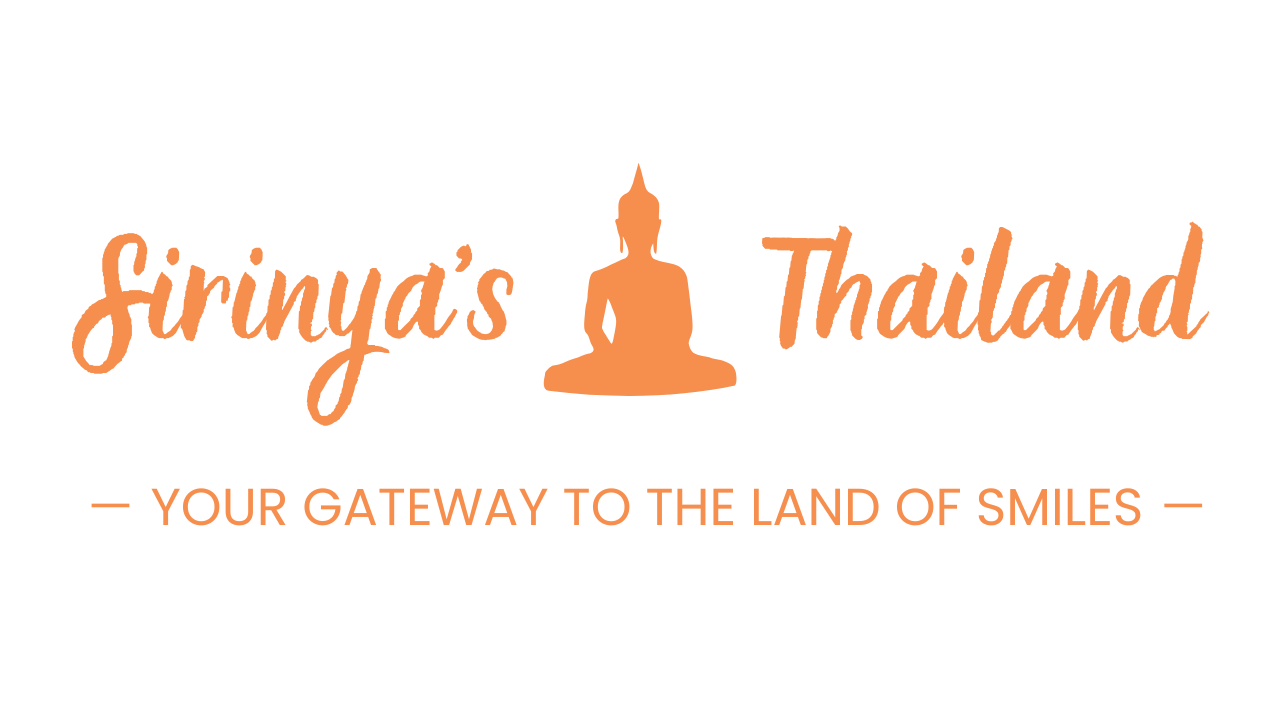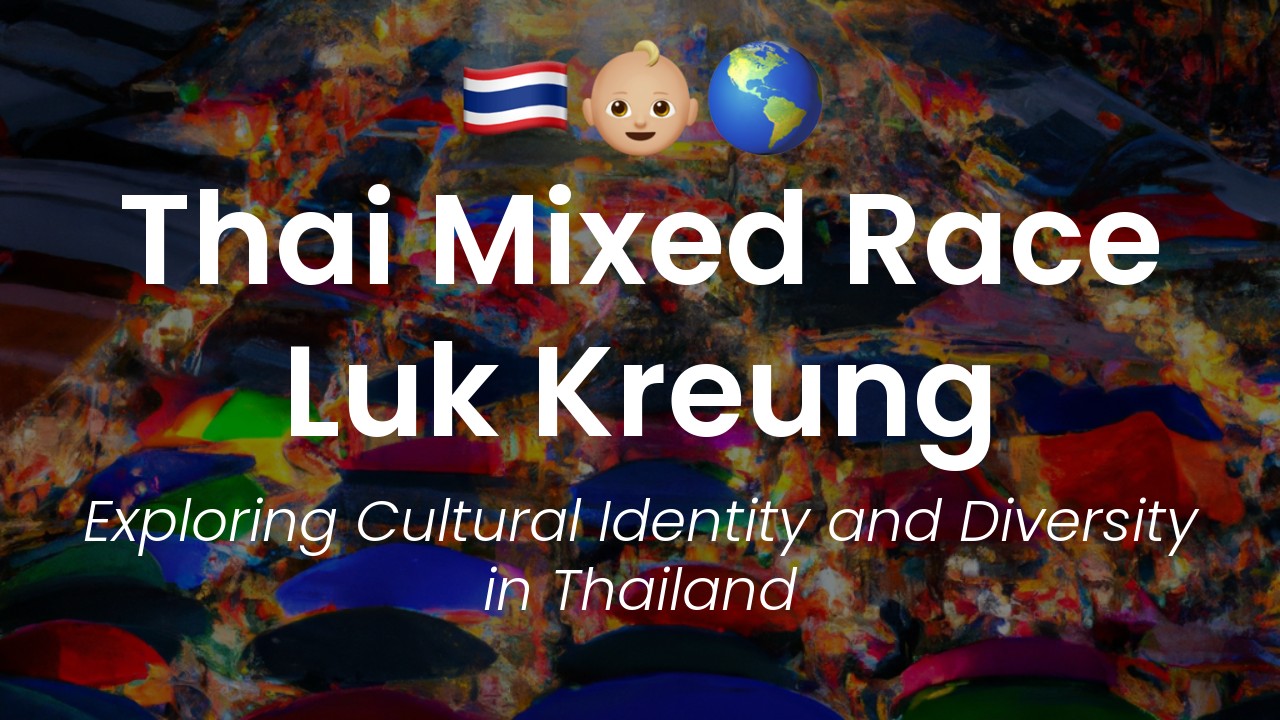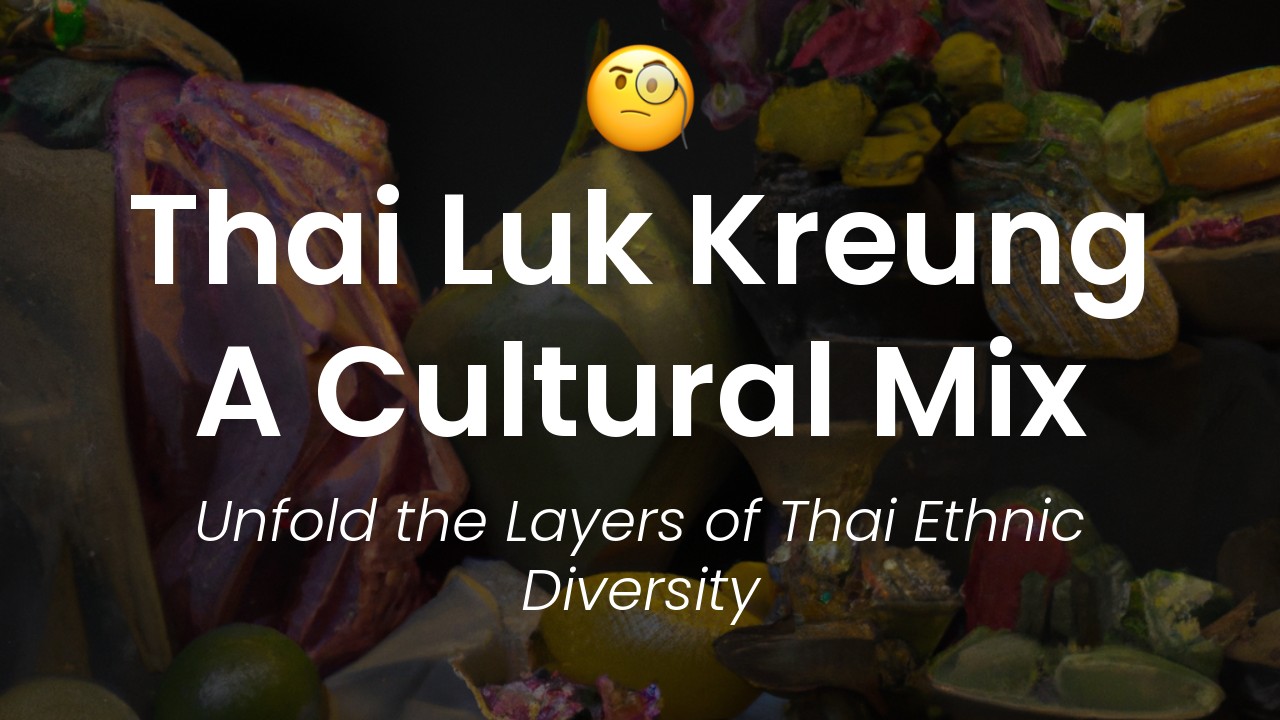As a Thai person, I always find our cultural and racial diversity to be fascinating, especially with the concept of "Luk Kreung" or mixed race people in Thailand. Growing up, I've met many Luk Kreung individuals who have such unique stories to tell about their upbringing and experiences in Thailand, and I believe that their stories are worth sharing.
In this article, I want to delve deeper and share with you what I have learned about Luk Kreung and mixed race people in Thailand. We'll explore the history and origins of Luk Kreung, as well as the unique challenges and advantages that come with being mixed race in Thailand.
Did you know that Luk Kreung individuals were once discriminated against and seen as inferior in Thai society? However, nowadays, things are changing, and Luk Kreung people are more widely accepted due to globalization and the country's changing perspectives on identity.
Furthermore, we'll explore the positive effects of mixing races in Thailand, such as the creation of a unique Thai identity, a greater appreciation for diversity, and the promotion of cross-cultural understanding.
So, whether you're interested in Thai culture, race and ethnic studies, or just want to learn more about Luk Kreung and mixed race people, sit back, relax, and join me in uncovering the fascinating world of Luk Kreung in Thailand.
What is Luk Kreung?
Luk Kreung is a Thai term used to describe people of mixed-race heritage. The term itself directly translates to "child of a foreigner" or "half-breed," with "luk" meaning child and "kreung" meaning foreigner or mixed. These individuals have a unique heritage that combines Thai culture with elements from their parent's country of origin.
While Luk Kreung is not a new concept, the term has become more prominent in recent years due to social media and a new wave of celebrity Luk Kreung who are proudly sharing their stories and experiences.
History of mixed race in Thailand
The history of mixed-race individuals in Thailand dates back to as early as the 13th century, during the Sukhothai era. Thai kings often married women of foreign descent, often from Malaysia and Cambodia, to form alliances and solidify relationships with neighboring countries. These marriages resulted in the birth of children that were of mixed Thai and foreign heritage.
During the Ayutthaya period, the Portuguese and Dutch traders also came to Thailand and established prosperous trading relations with the locals. As a result, there were more instances of mixed-race children being born.
In the 19th century, European adventurers and missionaries came to Thailand and many formed relationships with local women, leading to more Luk Kreung being born. These individuals were often educated in both Thai and European schools and often served as intermediaries between Thailand and other countries.
Luk Kreung celebrities and their impact
In recent years, Luk Kreung celebrities have openly discussed their experiences and struggles with growing up mixed-race in Thailand. One of the most prominent Luk Kreung celebrities is Davika Hoorne, a popular actress and model in Thailand. She has spoken openly about her Dutch-Thai heritage and how it influenced her upbringing, including learning to speak Thai and Dutch.
Other notable Luk Kreung celebrities in Thailand include Cindy Sirinya Bishop, a model and TV host with Thai and Australian heritage, and Chutimon Chuengcharoensukying, an actress of Thai and Chinese descent. These celebrities have helped to increase awareness and understanding of the Luk Kreung community and have highlighted the unique experiences and challenges they face in Thai society.
Acceptance and discrimination towards Luk Kreung
While Thailand is known for being accepting and tolerant of different cultures and ethnicities, there is still some discrimination towards Luk Kreung individuals. Historically, Luk Kreung were often viewed as inferior to those who were pure Thai. This perception has lessened over the years, but it still exists to some extent.
Research has shown that Luk Kreung individuals face discrimination in various forms, including being denied job opportunities or being subjected to racial slurs. Many Luk Kreung also struggle with assimilating into Thai society due to their mixed-race heritage.
Luk Kreung in modern Thai society
Modern Thai society is more multicultural and multiethnic than ever before, and Luk Kreung individuals are a growing presence. Many Luk Kreung are proud of their heritage and are actively trying to educate others about their culture and experiences.
Social media has also played a significant role in raising awareness of the Luk Kreung community. Many Luk Kreung influencers and celebrities have sizable followings on platforms such as Instagram and TikTok, and they often use these platforms to highlight their unique perspectives and experiences.
Future of the Luk Kreung community
As Thailand continues to become more diverse and multicultural, the Luk Kreung community is likely to grow. As more individuals of mixed-race heritage come of age, they are likely to become more vocal about their experiences and challenges.
There is hope that as awareness and understanding of the Luk Kreung community grows, so too will acceptance and tolerance. By sharing their stories and experiences, Luk Kreung individuals can help to break down stereotypes and create a more inclusive Thai society.


